| Coffee prices surge, breaking all records Psychological pressure and supply: Coffee prices fall off the upward trend |
According to the Vietnam Commodity Exchange (MXV), at the close of yesterday's trading session, the prices of two coffee commodities both fell sharply after a technical adjustment session at the end of last week. Accordingly, the price of Arabica coffee lost about 5%, reaching its lowest level in a month; the price of Robusta coffee decreased nearly 4%, returning to below 4,900 USD/ton. The expectation of rain in Brazil's main coffee growing region combined with high export figures in September has put great pressure on prices.
Heavy rains are expected this week and next in Brazil's coffee-growing regions, which should improve moisture and crop conditions, weather forecasting firm Maxar Technologies said.
This bodes well for coffee producers after a drier-than-usual September. If the rains arrive as forecast, it could signal the start of the rainy season, which is needed to support the flowering stage that will shape Brazil’s 2025-26 coffee crop.
 |
| After a technical adjustment session, coffee prices suddenly dropped to their lowest level in a month. Photo: Son Trang |
In addition, coffee prices were also under downward pressure after the International Coffee Organization (ICO) reported data showing that global coffee exports in August increased by 6.5% year-on-year to 10.92 million bags. Overall, in the first 11 months of the 2023-2024 crop year (October 2023 to August 2024), global coffee exports increased by 9.9% year-on-year to 125.67 million bags.
According to I & M Smith, the Brazilian government reported preliminary data showing that green coffee exports in September increased by 36.79% compared to the same period last year, reaching a total of 4,050,950 bags. Of which, Brazil's Robusta coffee exports are expected to continue to record high growth, due to high global demand for this type of coffee, despite congestion at export ports.
According to the Import-Export Department ( Ministry of Industry and Trade ), in Vietnam, the output of Robusta coffee (Vietnam's main coffee export) has decreased, clearly reflected in the structure of exported coffee types. Specifically, in the first 8 months of this year, while Arabica coffee exports increased by 59% in volume, the amount of Robusta coffee exports decreased by 17% (reaching 892 thousand tons). Therefore, in the structure of exported coffee in the first 8 months of 2024, the market share of Robusta coffee decreased slightly compared to the same period in 2023, while the proportion of Arabica coffee increased.
In addition to the decrease in output, another reason for the significant decrease in Robusta coffee exports this year is the increasing demand for coffee in the country. Mr. Do Ha Nam , Vice President of the Vietnam Coffee and Cocoa Association, said that businesses are stepping up investment in instant coffee processing plants in Vietnam, so the amount of Robusta coffee purchased for processing is increasing, leading to a decrease in the amount of coffee beans for export. The emergence of a series of coffee business chains in Vietnam also contributes significantly to the increase in coffee consumption in the domestic market.
At present, Vietnam has entered the 2024/2025 coffee crop year (October 2024 to September 2025). In the first days of October, coffee prices in the Central Highlands are showing a downward trend compared to the end of September.
At the end of the 2023-2024 coffee crop year (October 2023 to September 2024), coffee exports from Vietnam, the world's largest producer and exporter of Robusta coffee, reached a total of 24.3 million bags, down 12.26% over the same period last year.
This decline underscores the already anticipated reality of lower output and reduced supply in the 2023-24 crop year in Vietnam, which has been reflected in record high prices on the London futures market.
Weather reports from Vietnam indicate that rains are expected to continue in the Central Highlands region next week, right at the start of the 2024-25 coffee harvest. In previous years, this would have been the end of the rainy season, allowing producers to start harvesting. Therefore, continued rains could delay the Robusta harvest.
Brazil’s weather agency and LESG both said that rains will spread from the south to the southeast, Brazil’s main coffee-growing region, starting this week. Up to 50 mm of rain could fall in 10 days, and temperatures are also expected to cool. The change in weather could create more favorable conditions for coffee plants to grow and recover from a prolonged dry period.
In addition, Brazil's continued increase in coffee exports has created more confidence in its ability to ensure supply in the market. The government of this South American country announced that the export of coffee beans in September reached over 243,000 tons, an increase of 36.79% compared to the same period in 2023. The available coffee output after harvest creates conditions for Brazil to boost exports when demand from Europe increases.
Furthermore, the market continued to react to the news that the EU proposed to delay the implementation of the EUDR by 12 months. If this proposal is approved, exporting countries will have more time to prepare for the new requirements; at the same time, importing countries in Europe will not need to rush to ensure reserves.
In the domestic market, recorded on the morning of October 8, coffee prices in the Central Highlands and the Southeast also “cooled down” following world coffee prices, currently fluctuating between 114,500 – 115,100 VND/kg, down 900 – 1,000 VND/kg compared to the previous day. Compared to the beginning of October, domestic coffee prices have lost about 7,000 VND/kg.



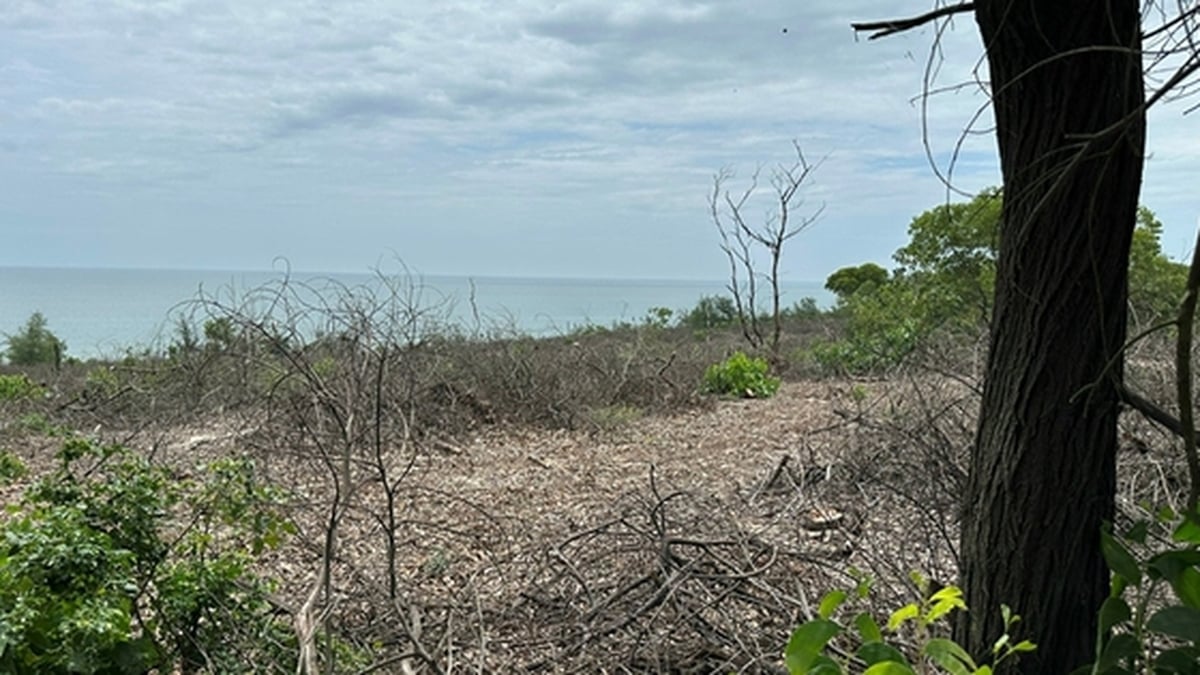

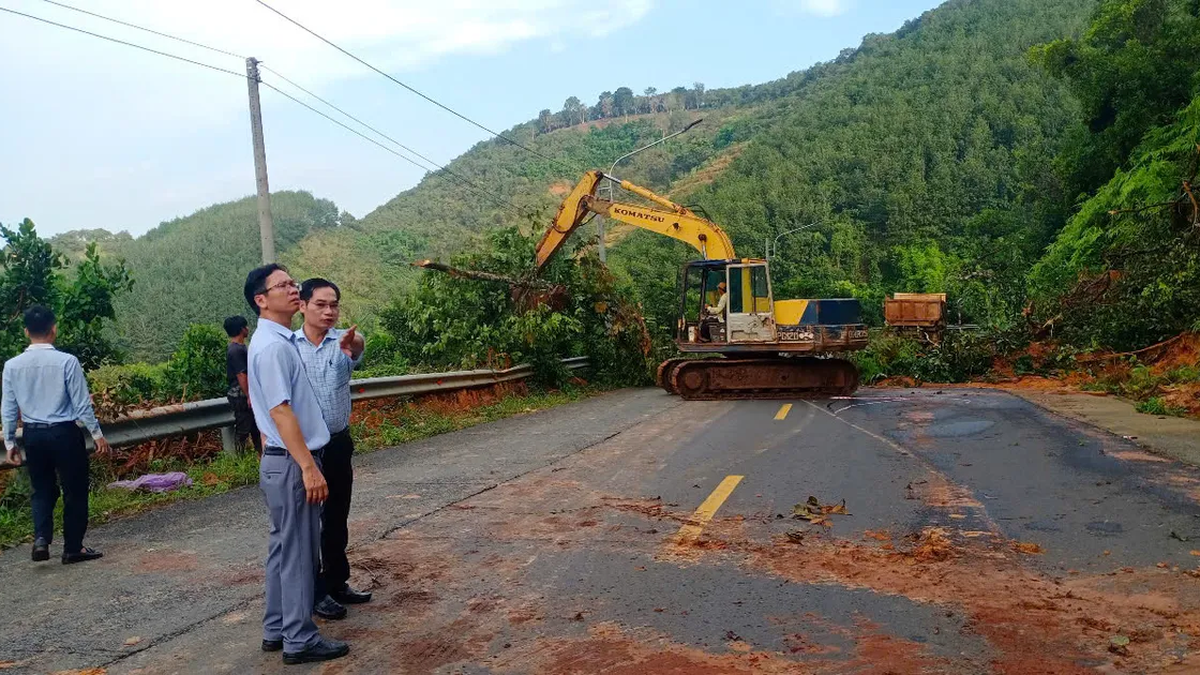

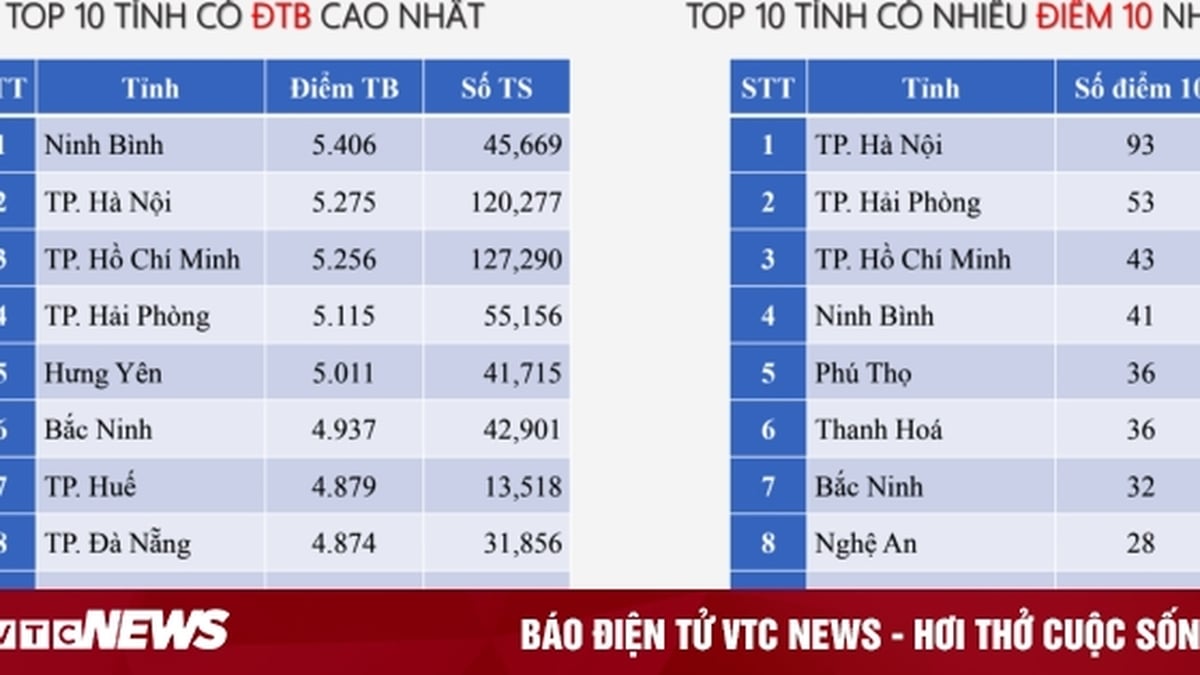












































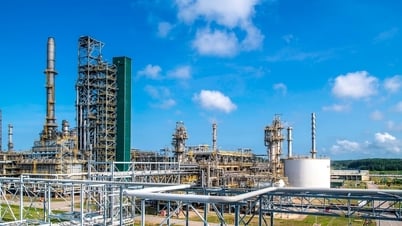










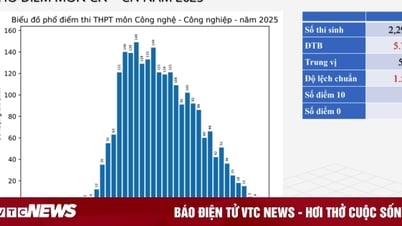




































Comment (0)